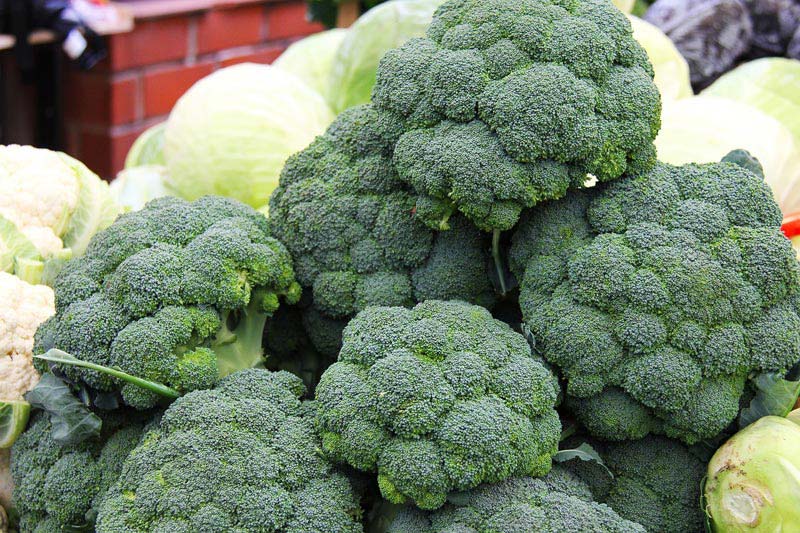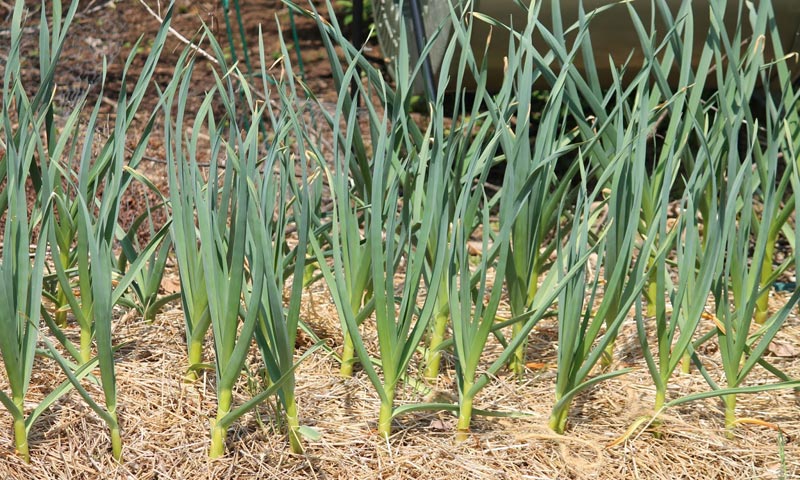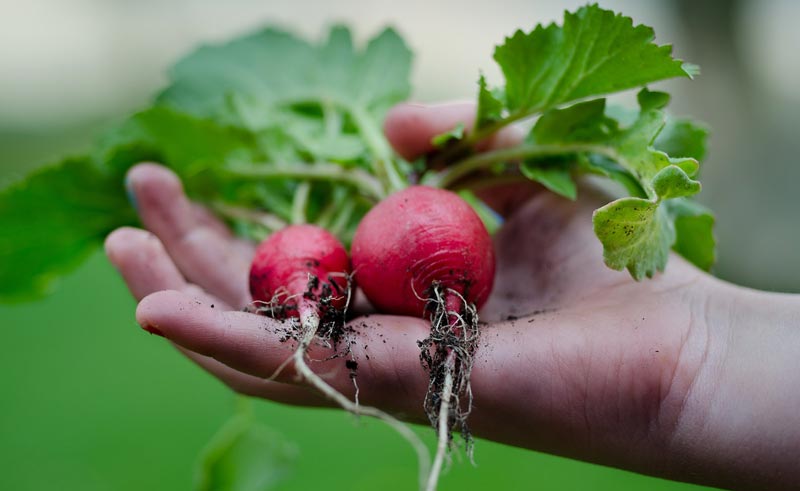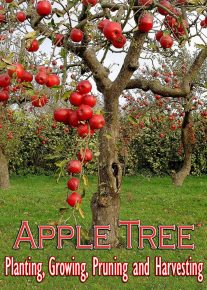
It’s time to start thinking about a fall vegetable garden. As temperatures begin to wind down, you can begin to plant the types of vegetables that grow well in the cooler weather of autumn. We present several in the list that follow. Some of these vegetables continue growing even after the first frost, so be prepared to go into your garden during the cold weather months.
Most importantly, have fun and enjoy squeezing a few more weeks out of the growing season as you prepare your dream fall vegetable garden.
Beets
A wonderful fall crop, beets are cheap, non-temperamental, and you can use both the root and the leaves. In addition, they are a wonderful source of vitamins A and C. Dig deep so the plants stay cool, and don’t let the roots get longer than three inches or else the beets will get tough and woody.
Broccoli

Broccoli is one of the best vegetables for home gardens. It is one of the least susceptible plants to pests, is rich in vitamins and minerals, and can flourish equally well in the fall and spring. The plants can be started indoors or outside in July or August. For the best crop, protect plants from extreme temperatures. How to grow Broccoli.
Cabbage
As far as fall crops go, cabbage is heartier than most and actually thrives in cooler regions. It can grow to maturity in late fall or early spring. Cabbage should be planted in moist soil and watered regularly, but don’t let the soil get too saturated. The crop takes 2-3 months before it’s ready to be harvested and the result is full, beautiful heads that can be stored for a few months at a time.
Carrots
Since they are one of the most popular vegetables in the world, carrots are one of our favorite autumn crops. Carrots can be stored for up to nine months, making it much easier to eat year round than other homegrown vegetables. Carrots can also be picked whenever they reach a usable size, making them perfect for the impatient gardener. In hot summer climates, such as the southeastern United States, plant carrots in September or October for a late winter harvest. How to Grow Rainbow Carrots.
Collards
Collards are one of the few vegetables on our list that actually become tastier with frost. Both cold-tolerant and heat-tolerant, collards are an understated, easygoing crop. Collards can tolerate slightly alkaline soil and drought. Quality of leaves may suffer under these conditions, so it’s best to grow collards in a cool, moist atmosphere with balanced soil and plenty of sunshine. One recommended variety is Champion, which can be harvested in 60 days and has a reputation for cold tolerance. How to Grow Collards.
Kohlrabi
Kohlrabi is a member of the cabbage family, and requires similar planting methods. It is much easier to plant and harvest than the rest of the cabbage family, with a six-week development period. Kohlrabi can also be picked by the leaf, which makes it fresher and more continuous than other cabbage. How to Grow Kohlrabi.
Leeks

In contrast to the rest of the onion family, leeks are cultivated for their stems, not their bulbs. Therefore, harvesting leeks in the fall is a much more delicate process. Pack dirt around the base of the stem to keep the leeks upright and full of nutrients. Make sure they get plenty of sunlight and water, and they will be the ideal topping for a homemade vegetable salad. How to Grow Leeks.
Lettuce
There is a reason that lettuce is often a base for salads, snacking and displaying: It is affordable, easy to grow, and delicious. According to howtogardenguide.com, lettuce is a favorite in the garden, too. It is one of the first crops that can be planted, and can bloom a few weeks into the frost season. It doesn’t take a lot of room, has a shallow root system, and is fine with only about 5 hours of sunlight a day. The best lettuce varieties for the fall: Marvel of Four Seasons,’ (butterhead), ‘Romance’ (Romaine), and ‘Canary Tongue’ (looseleaf). How to Grow Lettuce.
Mustard greens
Most of us think of mustard as a bright yellow condiment, sprucing up sandwiches or slathered over pretzels. The truth is, we all eat varieties of mustard often in the form of cabbage, broccoli, and cauliflower. Mustard greens are healthy and delicious, plus you can use the seeds to make your own ground mustard! How to Grow Mustard Greens.
Onions
Onions are a vegetable that comes in many popular and delicious varieties. Red onion, white onion, Vidalias, scallions, shallots — each species has its own distinct taste yet is just as flavorful as the next. Their price and accessibility are just two of the qualities that make onions so popular. Onions should be grown in a well-weeded area, and they thrive in the presence of other vegetables, like peas and turnips. How to Grow Onions.
Peas
Autumn is soup season, and split pea soup is a delicacy that can only be enhanced by growing your very own peas. Peas are a fun vegetable to grow in a garden, because unlike cabbage, carrots, and beets, peas on a stalk are as beautiful as they are delicious. Although tradition says to plant seeds on St. Patrick’s Day, the small green gems thrive in early fall as well. Snow peas and sugar snaps are known to enjoy the cooler temps in the fall. How to Grow Peas.
Radishes

Besides tasting delicious in salads and casseroles, or just sliced up with some salt, radishes are the ideal fall vegetable due to their vibrant fuchsia skin. Planting these in a fall garden is easy since they take up so little space, but also rewarding once you see the little pink gems unearthed at harvest time. How to Grow Radish.
Spinach
Although he was more a sailor than a gardener, Popeye understood the importance of spinach. The popular leafy green is not only stuffed with iron, but is also a wonderful source of vitamins A and C, and leutine, to name just a few benefits. Whether it’s steamed or tossed in a salad, spinach can be enjoyed from the beginning of fall until late into the season. How to Grow Spinach.
Beans
Beans make a good fall garden vegetable only if you live in a warm climate, or you have at least two months before the first frost. During the summer, beanstalks get limp and tired, making late August an ideal time to plant. Snap to it! How to Grow Beans.
Chard
Chard, another vegetable that can be planted in either fall or spring, is tolerant of both heat and frost. Chard seed capsules often have two seeds in them, so if both bloom, just cut off one to make sure the other plant reaches maturity. How to Grow Swiss Chard.
Turnips
Turnips are a relatively easy and delicious fall crop. According to vegetable-gardening-online.com, turnips are not a popular home crop, probably because they have become known as the “poor man’s vegetable.” The truth is, turnip plants yield tasty bulbs, plus they give gardens some of the first harvest greens. Along with their twin, rutabaga, turnips are indeed inexpensive, but yummy and beautiful all the same.
Kale

Along with the rest of the greens family on this list, kale is a cold-weather lover. Not only does the leafy vegetable bloom well with a light frost, but actually maintains its flavor best after picking if you keep it frozen. Lear about amazing health benefits of Kale.




Leave a Reply